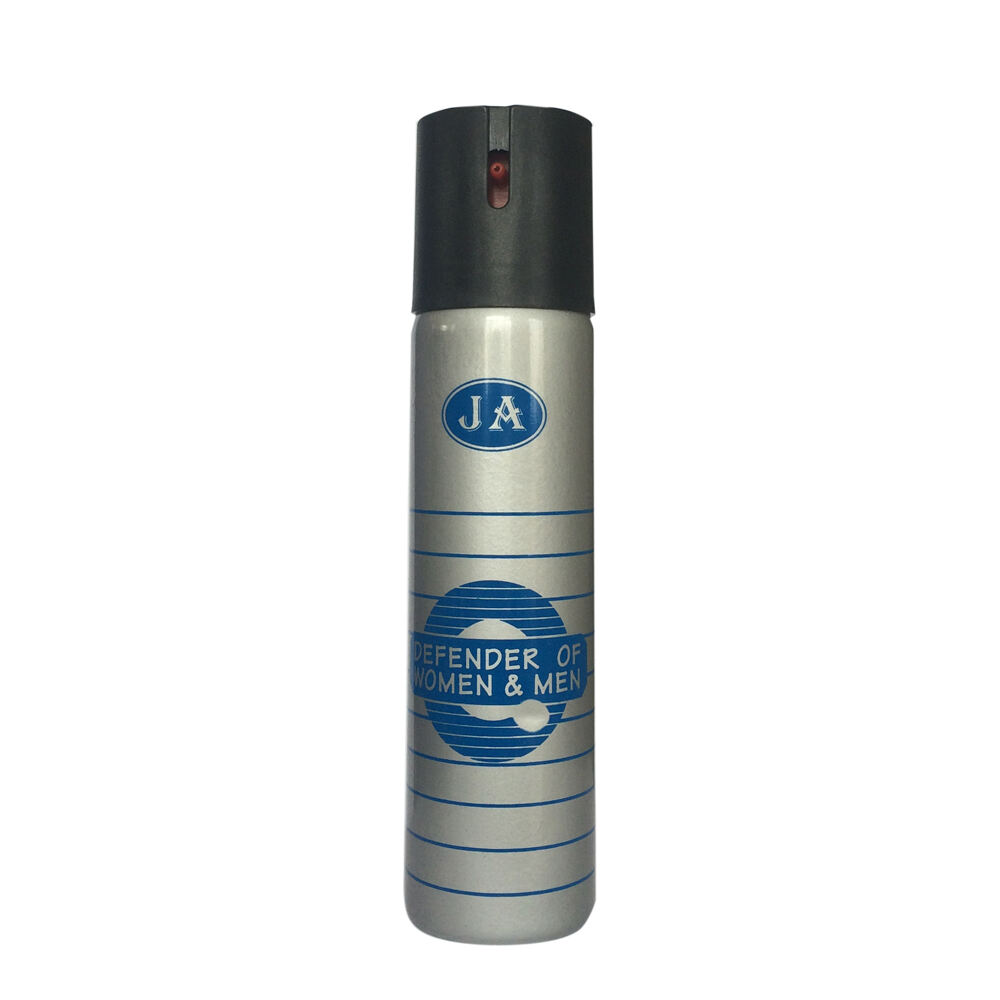How to Legally Import Pepper Spray into the U.S.
A Step-by-Step Compliance Guide for Distributors and Security Product Importers
Introduction
The United States remains one of the largest markets for pepper spray, a widely accepted and regulated non-lethal self-defense tool. However, importing pepper spray into the U.S. can be challenging due to a patchwork of federal, state, and local regulations. Failure to comply can result in product seizures, fines, or legal action.
This guide outlines the key compliance steps importers must follow to successfully enter the U.S. market and avoid costly regulatory pitfalls.
Understanding the U.S. Regulatory Landscape for Pepper Spray
Pepper spray in the U.S. is regulated at multiple levels—federal, state, and local—and often classified as a hazardous material.
?? Federal Requirements
-
The U.S. Department of Transportation (DOT) classifies pepper spray as a hazardous material, with strict rules for:
-
Packaging
-
Shipping
-
Labeling
-
-
The Occupational Safety and Health Administration (OSHA) sets standards for:
-
Label content
-
Safety Data Sheets (SDS)
-
?️ State-Level Rules
-
Each U.S. state has its own laws regarding:
-
Allowed capsaicinoid concentrations (OC%)
-
Maximum canister volume
-
Who can possess, carry, or sell pepper spray
-
-
Some states (e.g., New York, Massachusetts) require permits or limit civilian access.
?️ Local Restrictions
-
City ordinances may place additional limitations beyond state laws, including sales channels or public carry restrictions.
Key Compliance Strategies for U.S. Pepper Spray Imports
1️⃣ Conduct Thorough Market Research
-
Check legal status, restrictions, and sales requirements for each target state and city.
-
Monitor updates using official government sources, legal experts, and trade associations.
2️⃣ Choose a Compliant Manufacturer
-
Your supplier should provide:
-
Certificate of Origin
-
SDS (Safety Data Sheet)
-
Technical specs with OC% and can size
-
Documentation on DOT hazard classification
-
3️⃣ Ensure Proper Product Classification
-
Use the correct HS Code (typically 9304.00 or similar depending on formulation).
-
Misclassification may cause customs delays or rejection.
4️⃣ Prepare Accurate and Complete Documentation
-
Keep detailed records of:
-
Sales invoices
-
Product specs
-
Safety testing
-
Shipping and customs paperwork
-
-
Ensure documents are easily auditable and updated regularly.
5️⃣ Label and Package for Legal Compliance
-
Labels must include:
-
Hazard warnings
-
Clear usage instructions
-
Manufacturer/importer info
-
DOT-compliant markings
-
-
Labels should be durable, legible, and OSHA-compliant.
6️⃣ Work with Experienced Customs Brokers
-
A qualified broker can:
-
Handle HS codes and paperwork
-
Help manage hazardous goods compliance
-
Liaise with U.S. Customs for smoother clearance
-
Jiangsu Kelin: Your U.S. Compliance Partner for Pepper Spray
Jiangsu Kelin Police Equipment Manufacturing Co., Ltd. brings over 30 years of experience in compliant international exports of self-defense tools.
✅ What We Offer:
-
Fully compliant pepper spray formulations and packaging for the U.S. market
-
Complete documentation: SDS, Certificate of Origin, Tech Specs, DOT classification
-
OEM/ODM support for branding and packaging
-
Expert support for customs clearance, labeling, and legal updates
Conclusion
Importing pepper spray into the U.S. requires more than just shipping—it demands a detailed understanding of complex, multi-layered regulations. Jiangsu Kelin helps you navigate this process safely and efficiently, ensuring your products are fully compliant and ready for the U.S. market.
Next Steps
? Contact Jiangsu Kelin Today
Discuss your target market, documentation needs, and compliance questions with our expert export team.
? Request a Sample & Compliance Package
We’ll send you a product sample and full documentation pack for customs review.
? Plan Your First Shipment with Confidence
Let’s work together to get your compliant product into the U.S. quickly and legally.
 En
En
 CN
CN
 AR
AR
 NL
NL
 FR
FR
 DE
DE
 HI
HI
 IT
IT
 JA
JA
 KO
KO
 PT
PT
 RU
RU
 ES
ES
 ID
ID
 VI
VI
 TH
TH


